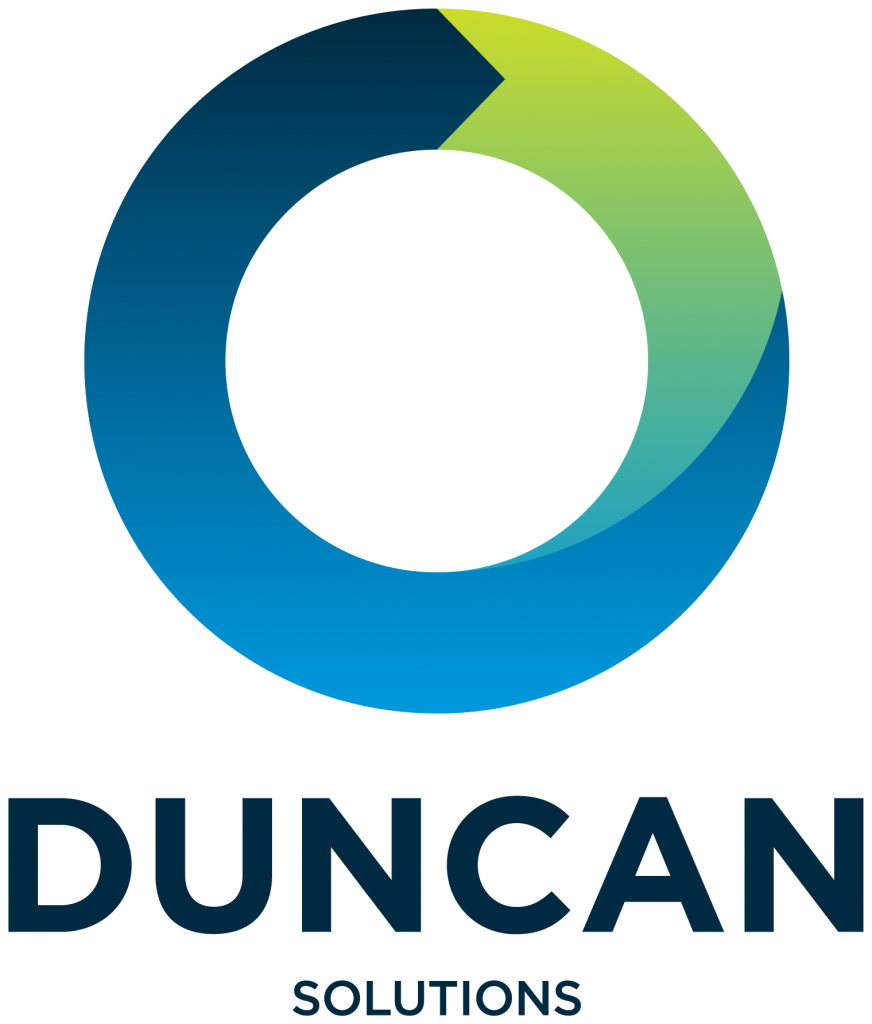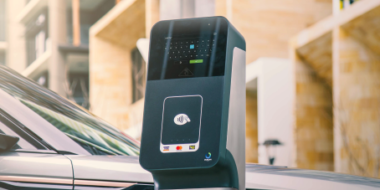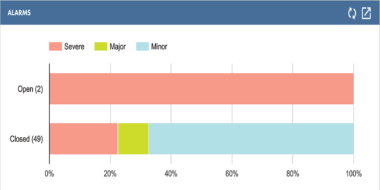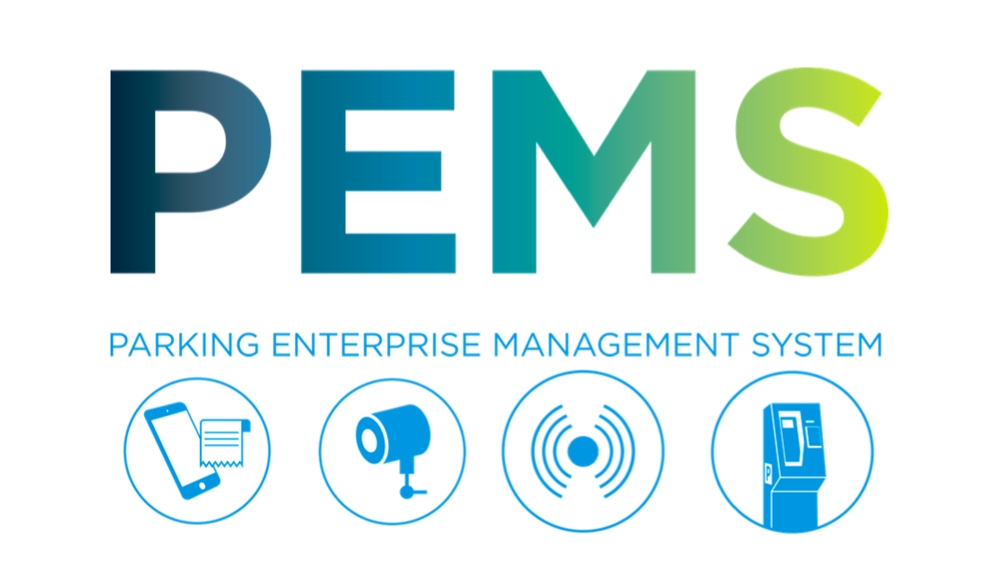

At Duncan Solutions, teamwork is everything. Our parking enterprise management system (PEMS) only works because all of our departments work together – sales, marketing, product development, operations, engineering, as well as key internal and external stakeholders.
It’s a lot of moving parts, and we also need someone to keep those parts working. Our man for that job is Marten Cullity, Duncan Solutions’ product manager. Since coming into the role about two years ago, he has been an integral part of PEMS’ growth. Broadly, he is responsible for the ongoing development of PEMS, keeping it on the cutting edge of modern parking technology.
Specifically, that means change management, team support, training and creating innovation: it’s all in a days work for Marten. As a master of all trades, we think there’s no-one better to speak to about how PEMS has changed over the years and what his vision is for the future of parking.
 As the way people drive and park evolves, so much the technology that facilitates it.
As the way people drive and park evolves, so much the technology that facilitates it.
Giving PEMS purpose
“The rate of change in Australia’s parking industry is phenomenal,” Marten says. “Five years ago it was mostly field hardware – some sensors and handheld meters that resemble what we do today, but mostly siloed devices that couldn’t feed back information.”
“Now there is so much smart city technology out there. We make our own parking meters and handheld software, while others are doing amazing things with pay-by-phone tech, advanced vehicle bay sensors, and license plate recognition devices. The purpose of PEMS, the reason we got started and the reason we keep evolving, is to bring all of these together.”
“We’re integrators – and given that exponential rate of change, with new parking technology cropping up constantly, it’s a job that is never going to be finished. There’s always a new device we need to make communicate with the rest of an operator’s infrastructure.”
It’s a one-stop-shop ethos that means the product manager role is different every day. New code, new devices, new customers and new challenges – Marten’s ability to keep PEMS changing with the times keeps Duncan Solutions on the brink of tomorrow’s tech.
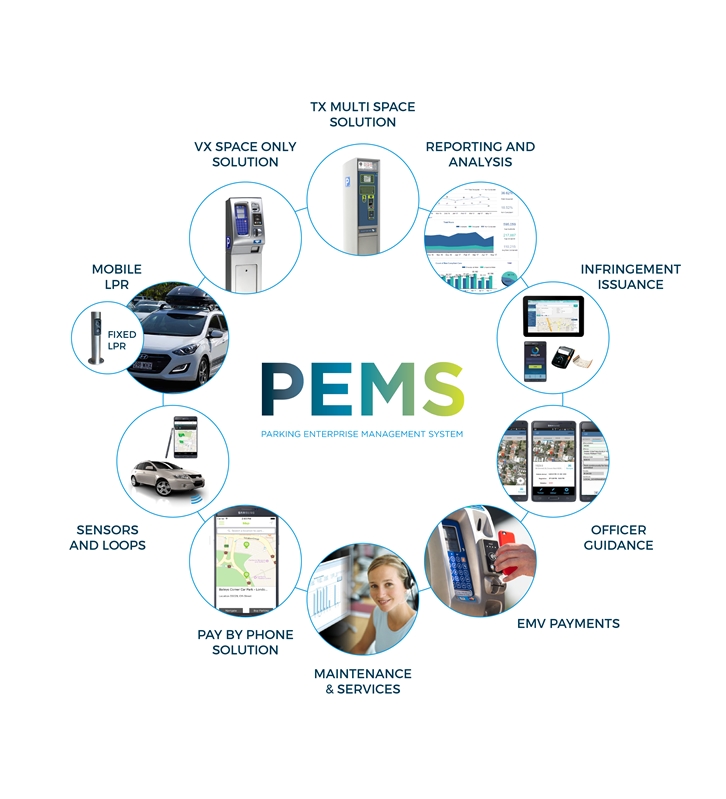 PEMS integrates all in-feld technology components in real time
PEMS integrates all in-feld technology components in real time
The future of parking management
As councils embrace smart city technology, all kinds of information becomes available. Through platforms like PEMS, operators can harness that information, feed it to both their own and consumers’ devices, and give everybody a level of insight into the way cities work that has never been possible before.
Marten, however, believes PEMS can go even further.
“I think geographically-based reporting is the next step. It’s something we’re doing today, but are hoping to make much more widespread. Local government areas have such a huge land mass, being able to use mapping in conjunction with the data we already receive takes it to another level, giving people clear visualisations of where parking is available and how long they’d have to wait.”
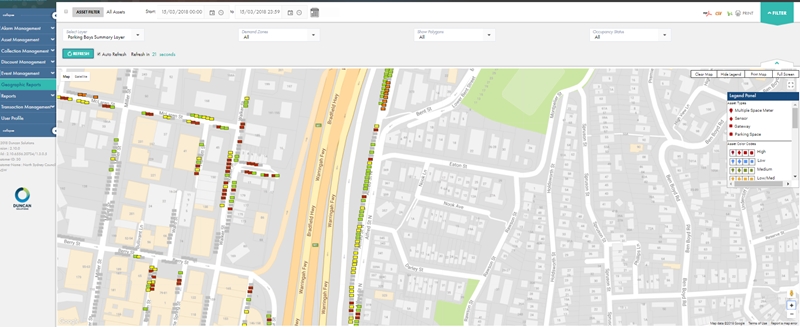 GIS Mapping
GIS Mapping“Then there’s our transactional occupancy engine. Most parking meters are smart now, they can transmit data straight to a database using PEMS, especially with the high market penetration of tap-to-pay cards. We want to take that data, and use it to paint a picture of available parking for consumers and enforcement teams.”
The sheer volume of information that PEMS processes is staggering, and part of Marten’s role is finding the most innovative and informative ways of using it. Mapping and integration opportunities are endless, and the platform is scalable.
From mapping technology to improved apps, PEMS already has an extraordinary ability to make cities better – there’s no telling how important it will be in the future.
